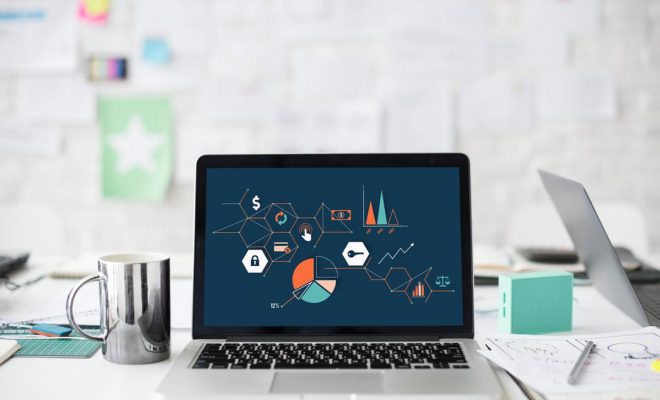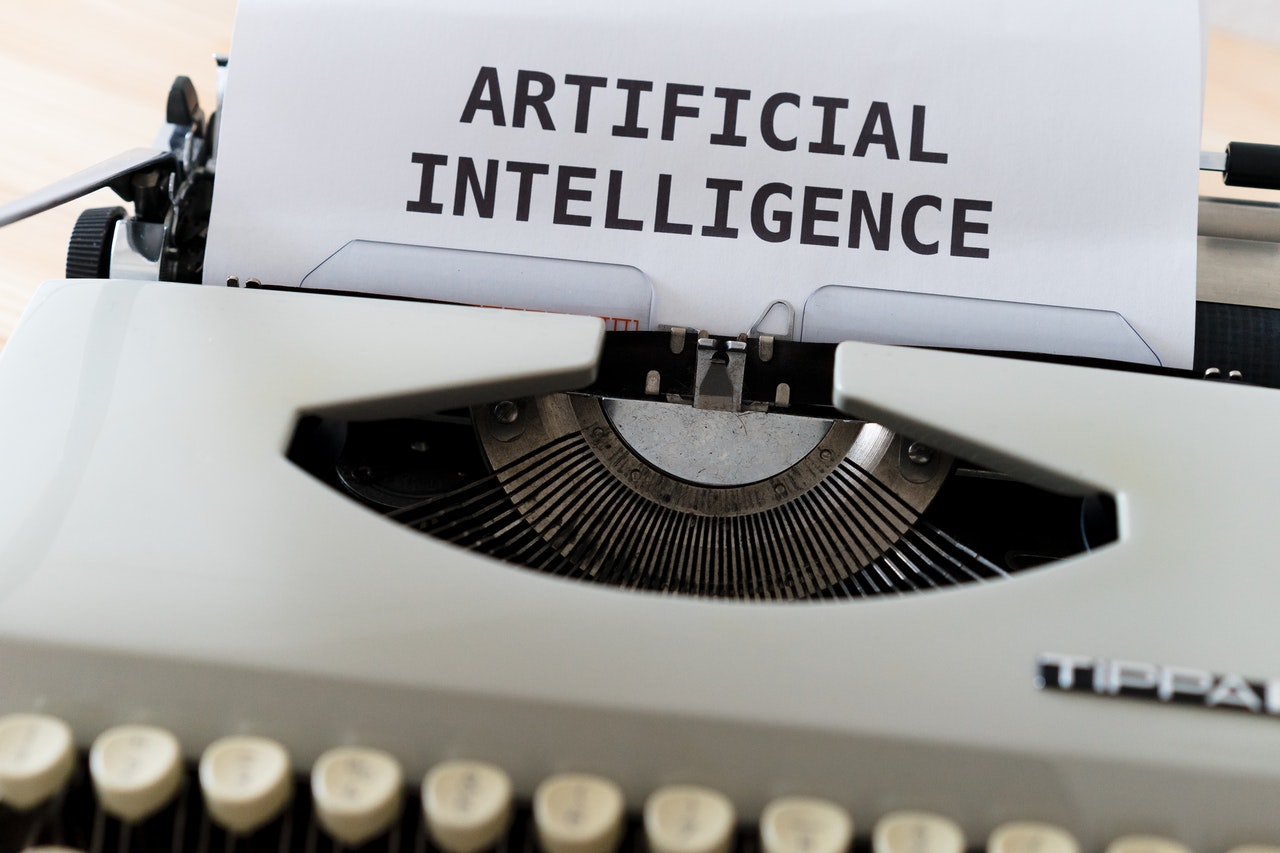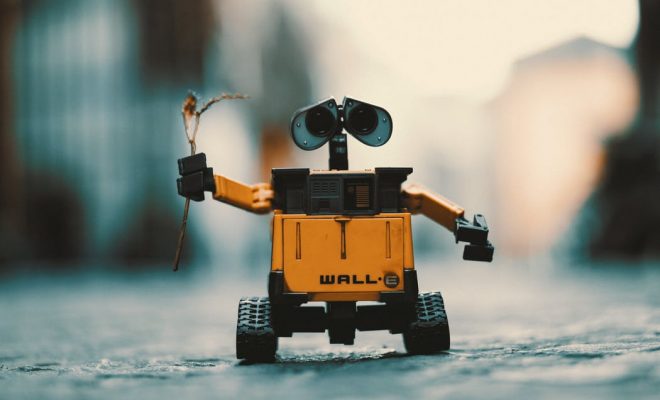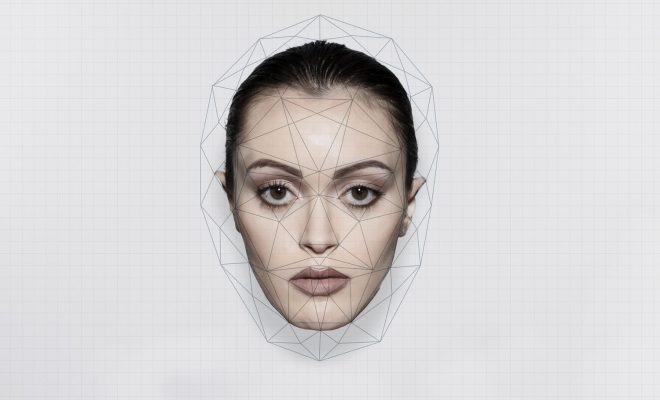Using Machine Learning to Predict Developmental Delays in Children

Have you ever marveled at the incessant movements of infants? Those seemingly pointless swiping at nothing in particular?
Well, those spontaneous movements are a dead giveaway of an infant’s stage of development. And scientists are analyzing these movements with the help of sensors and machine learning algorithms to predict whether an infant will have developmental delays.
Developmental delays can be due to heredity, problems with pregnancy, or premature birth.
The problem is that developmental delays are often diagnosed late, which also means that appropriate treatment is delayed. Early intervention is crucial, though.
According to the Centers for Disease Control and Prevention, one in six, or about 15%, of children aged 3 through 17 years have a one or more form of developmental delay. Signs of developmental can often be observed in the first year, but children are often only diagnosed at around three years of age.
Tech in the form of machine learning algorithms and sensors is being leveraged to speed up diagnosis of developmental delay and in so doing, ensure more timely intervention.
Scientists at the University of Southern California and Universidad Carlos III de Madrid are working on a method to diagnose neuromotor problems early so that interventions can start before developmental delay gets worse.
For their research, the scientists obtained information from USC’s Infant Neuromotor Control Laboratory. This information included data about the motor movements of infants obtained from sensors strapped to the infants’ ankles. The sensors collected raw movement data from an accelerometer, gyroscope, and magnetometer.
The researchers note that previous studies have shown that movement differences, such as kicking frequency and arm-and-leg coordination, are different for infants with typical development and infants who are at risk.
An algorithm that is able to classify typical (TD) and delayed development (AR), was then used to further analyze the observable differences in spontaneous movements of infants with TD and AR.
Then the researchers came up with a prediction model that was able to do the calculations and make the predictions. It was able to use the movement data and predict developmental delays in the first six months with 83.9% accuracy. It predicted developmental delay issues in the second six months with 77% accuracy.
Meanwhile, tech company Cognoa has developed an app that parents can use at home to monitor their baby’s development.
The Cognoa app lets parents answer a list of questions. Parents also take and upload two short videos of their child’s typical behavior. Using machine learning algorithms, the app then analyzes the data and can inform parents whether their child is at risk for developmental delay or autism.
The machine learning algorithms were developed at Harvard and Stanford Medical Schools.
The app report highlights areas where the child is making good progress as well as areas that require early or immediate intervention.
Parents can then share the report with their physicians, who then has crucial information at his/her disposal right at the onset of the first visit.
The scientists validated the Cognoa machine learning scoring system through the use of several large data sets of more than 10,000 families with varying degrees of developmental delay and/or autism spectrum disorder.
The system has proven to be 80 – 94% accurate.
To develop Cognoa, scientists at Harvard Medical School used machine learning and pattern recognition to find meaningful regularities in large data sets.






